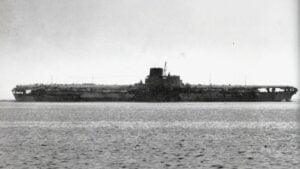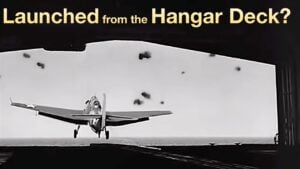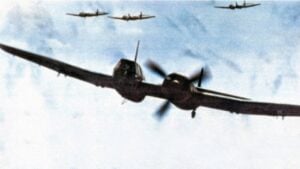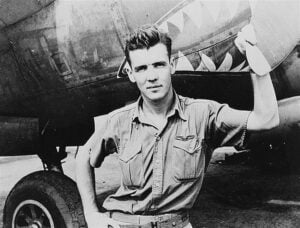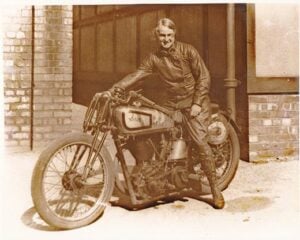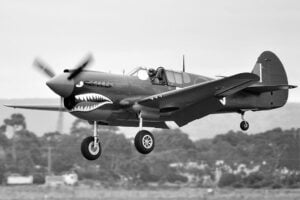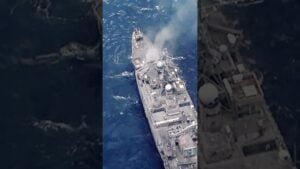The Story of the American Pilot Who Accidentally Landed on a Japanese Carrier — and Lived to Tell It
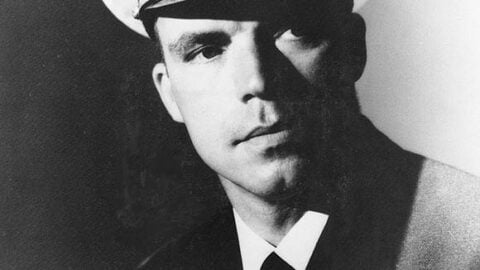
U.S. Navy, Public domain, via Wikimedia Commons. This file is a work of a sailor or employee of the U.S. Navy, taken or made as part of that person's official duties. As a work of the U.S. federal government, it is in the public domain in the United States.
The Confusion of War
In 1942, the Pacific Ocean became a vast battleground where steel and fire met on the waves. The United States and Japan were locked in a fierce struggle for control of the sea. Every island and every sky became a frontline. During one of these chaotic encounters, an American pilot made a mistake so unbelievable that it would later become one of the strangest stories of the entire war. He mistakenly landed his plane on an enemy carrier—and survived.
Only months after the attack on Pearl Harbor, the United States Navy began striking back across the Pacific. Their missions were dangerous and uncertain. Young pilots, many barely out of their teens, flew light, fast aircraft from carriers like the USS Enterprise and the USS Hornet. They were trained to navigate endless stretches of ocean with only a compass, their instincts, and the will to survive.
The Lost Aviator
Among these men was Lieutenant Junior Grade Dudley W. Morton, a skilled but exhausted aviator. During the fierce fighting that led to the Battle of Midway, Morton became separated from his formation. His radio failed, his compass was unreliable, and his fuel was running dangerously low. For hours he searched the horizon for any sign of home—a carrier deck where he could land before his plane fell into the sea.
Then, through the glare of the Pacific sun, he saw it: a large carrier, its deck busy with crew and aircraft. To the weary pilot, it looked like salvation. He circled once, signaled his approach, and brought his plane in to land. The crew below waved flags and made frantic gestures, but Morton, blinded by fatigue and confusion, misread their signals. His aircraft touched down, the arresting wire caught his tail hook, and he rolled to a stop.
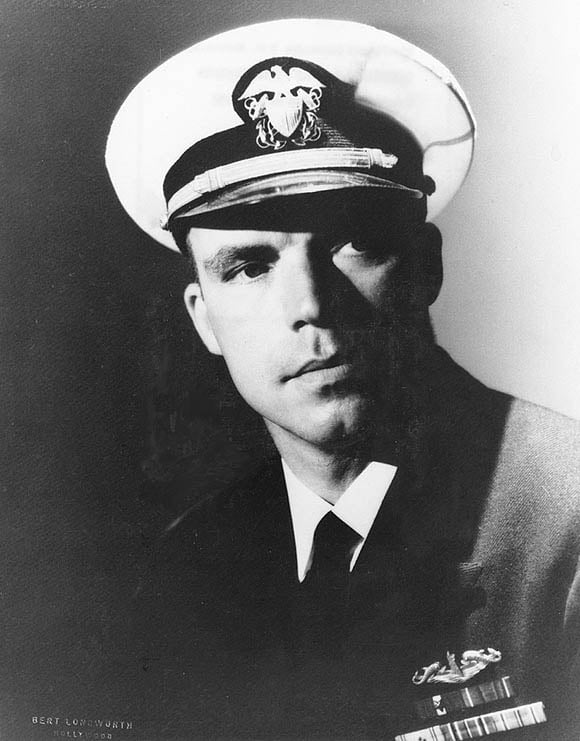
A Shocking Realization
For a few seconds, silence filled the deck. Morton looked around—and froze. The uniforms were wrong. The faces were not his fellow countrymen. In that instant, he realized he had landed on a Japanese carrier, the Ryujo. The crew stared at the strange American plane sitting perfectly on their flight deck. Then, chaos broke out. Sailors rushed toward him shouting orders. Morton tried to reach for his sidearm, but within moments he was dragged from the cockpit and captured.
To the Japanese officers, the event was astonishing. An intact American aircraft had just delivered itself onto their deck. To the pilot, it was a nightmare—an error that should have cost him his life.
The Fog of Combat
Carrier warfare in World War II was filled with confusion. Pilots often flew hundreds of miles away from their ships with limited instruments and poor visibility. In the blinding light of the Pacific, American and Japanese carriers could look almost identical from afar. Exhaustion, stress, and damaged equipment often blurred judgment. Morton’s desperate mind convinced him that the ship below was friendly, and he acted on instinct.
The Japanese interrogated him, seeking details about the American fleet. But Morton gave only his name, rank, and serial number. He was treated as both a captured enemy and a strange curiosity. Some officers were reportedly impressed by his nerve—flying alone and damaged into the heart of their fleet.
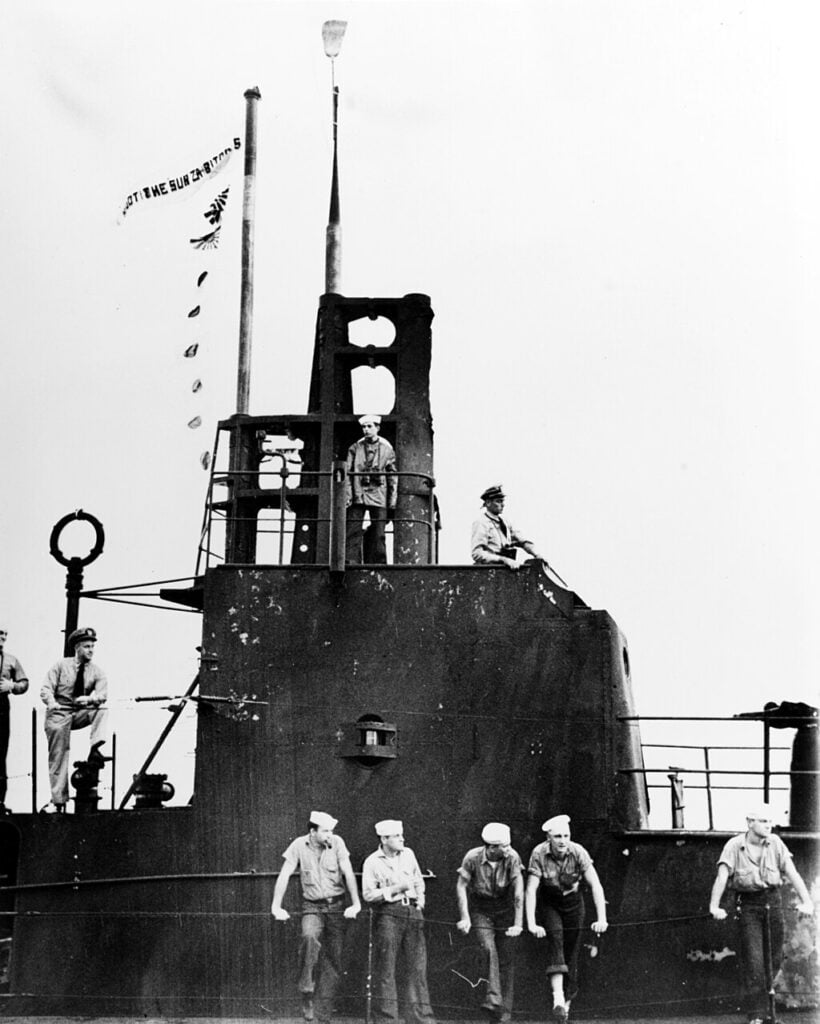
A War Still Raging
While Morton remained captive, the Battle of Midway turned the tide of the war. American dive bombers struck three Japanese carriers within minutes, destroying much of Japan’s naval air strength. The Ryujo, where Morton had landed, would survive that day but was sunk later that year in the Battle of the Eastern Solomons.
Morton endured harsh conditions in captivity but lived to see the war’s end in 1945. After his release, he quietly returned home, rarely speaking about what had happened. For years, many doubted his story until postwar records and Japanese deck logs confirmed the event.
Remembered Through Time
Historians later pieced together the details: an American pilot, lost in the chaos of battle, landed on an enemy ship and survived against all odds. His mistake revealed not foolishness, but the brutal uncertainty of war—where fear, fatigue, and instinct can blur even the clearest lines. Morton’s brief, impossible landing remains a small but powerful reminder that even in war’s confusion, humanity and fate still shape the stories that endure.
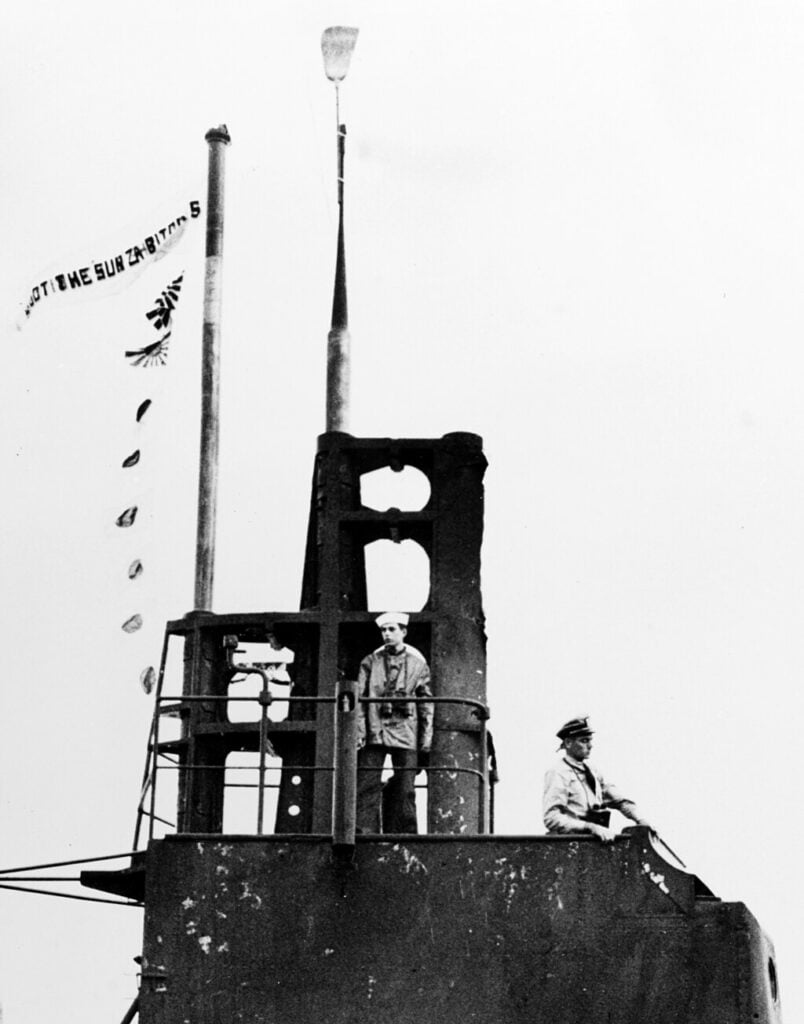
The U.S. Navy submarine USS Wahoo (SS-238) at Pearl Harbor, Hawaii, soon after the end of her third war patrol, circa 7 February 1943. Her Commanding Officer, Lieutenant Commander Dudley W. Morton, is on the open bridge, at right center.













